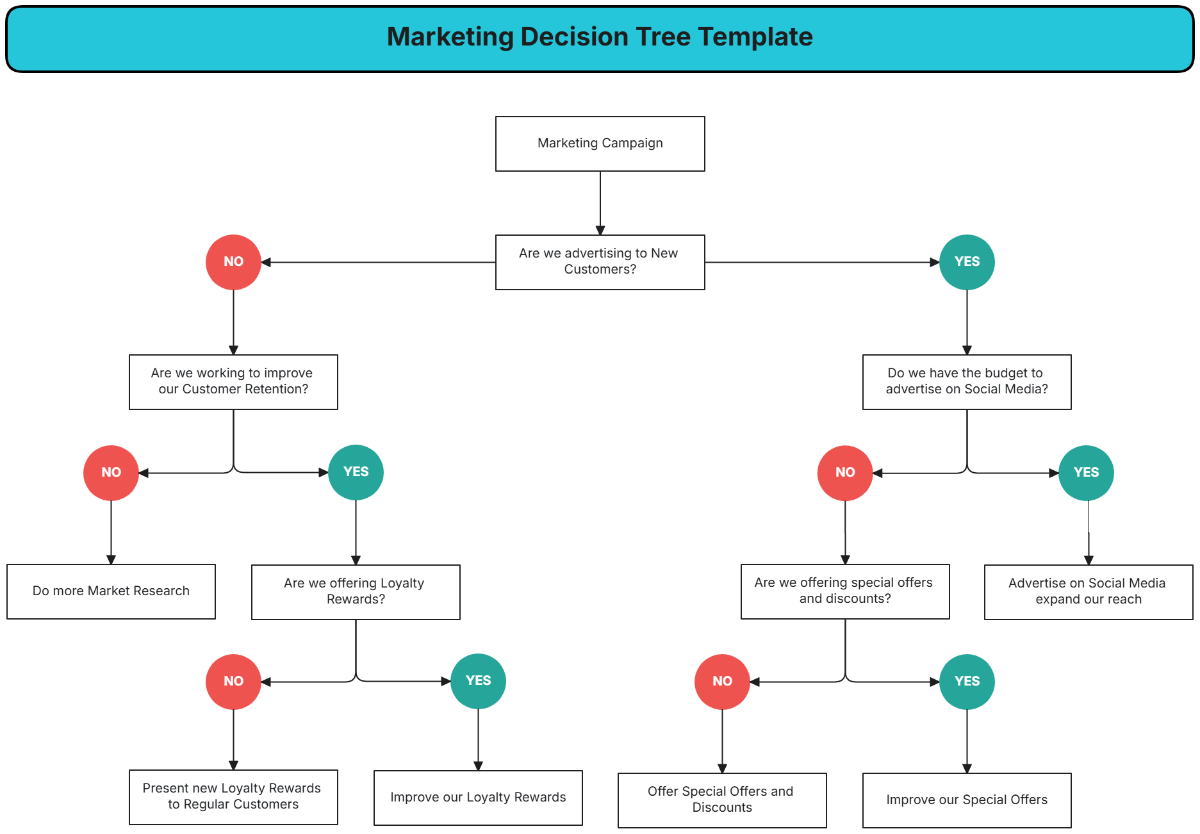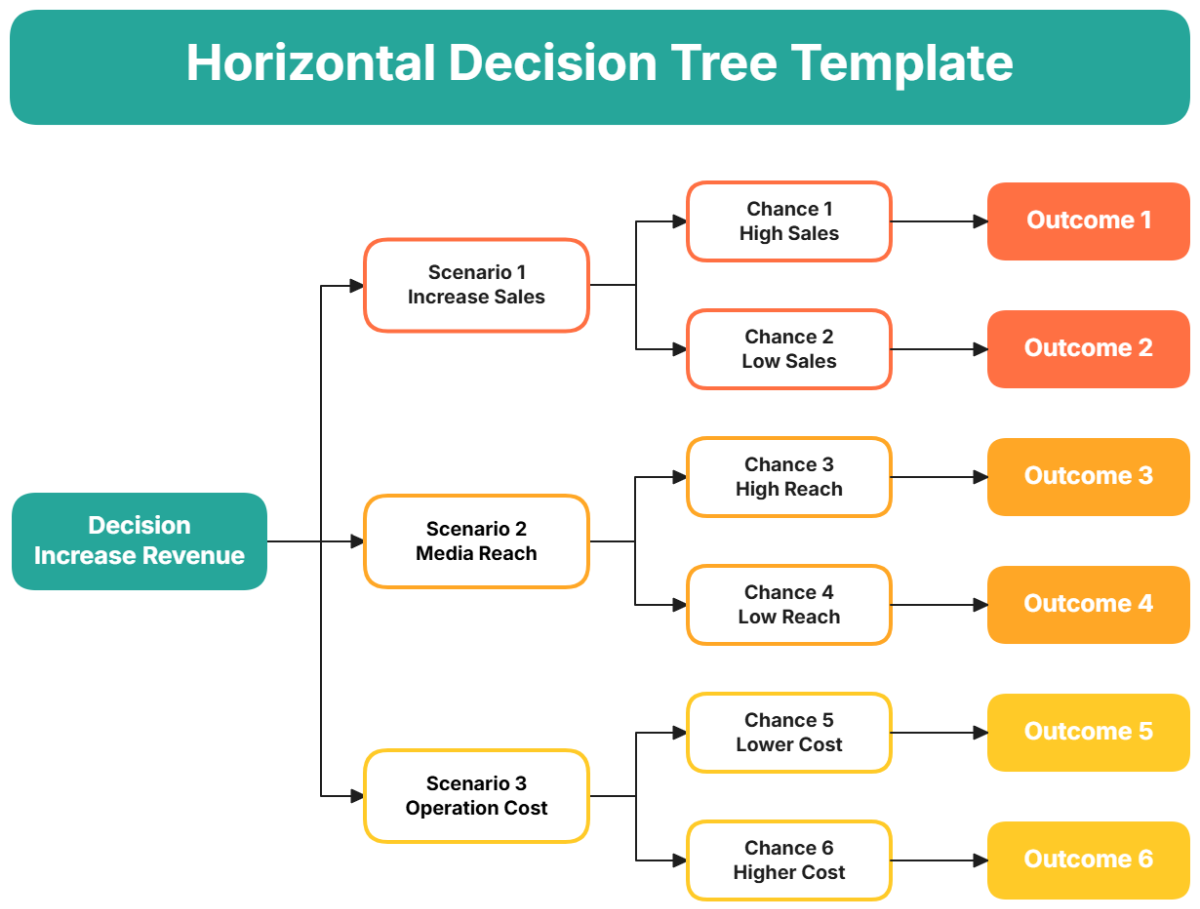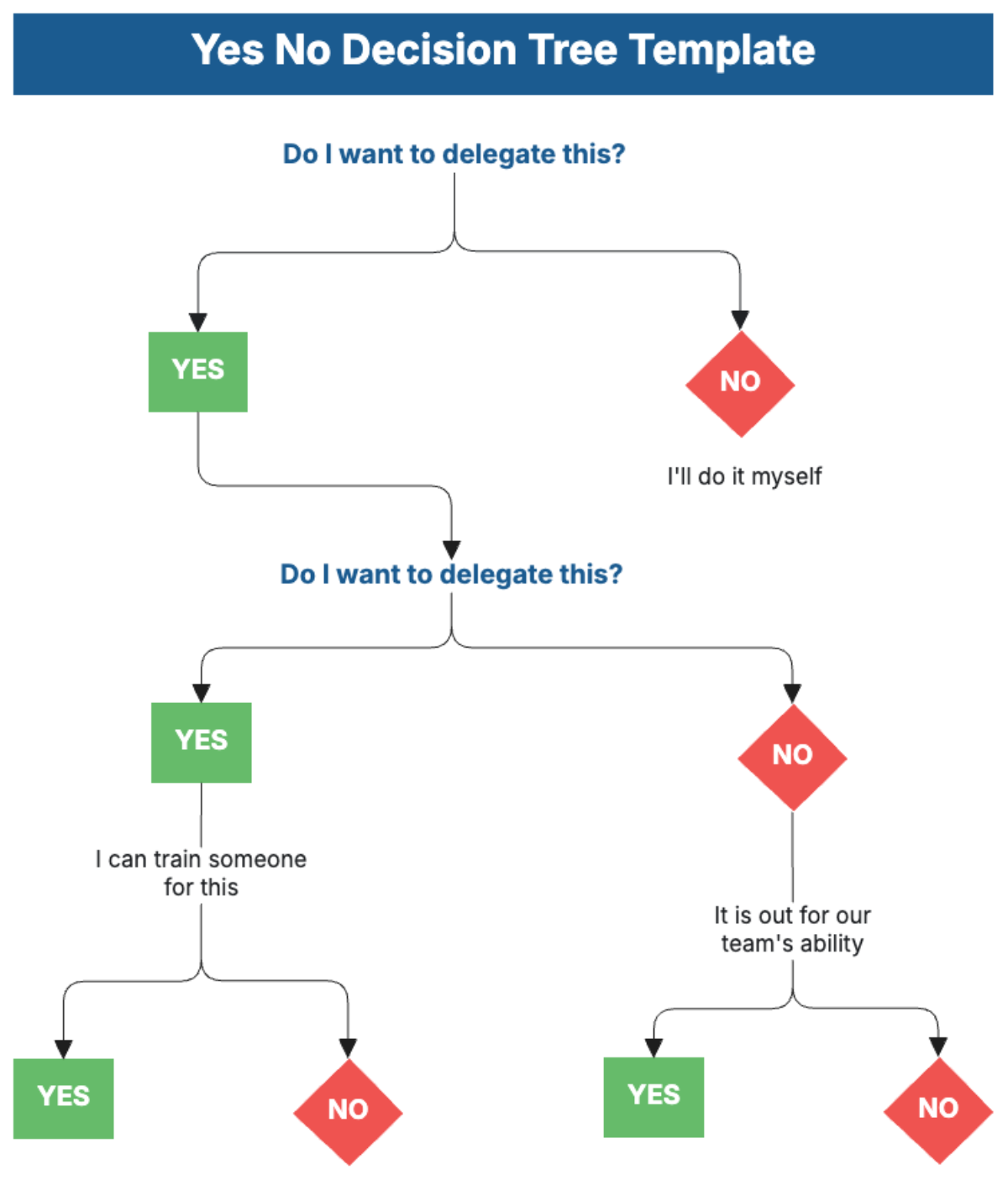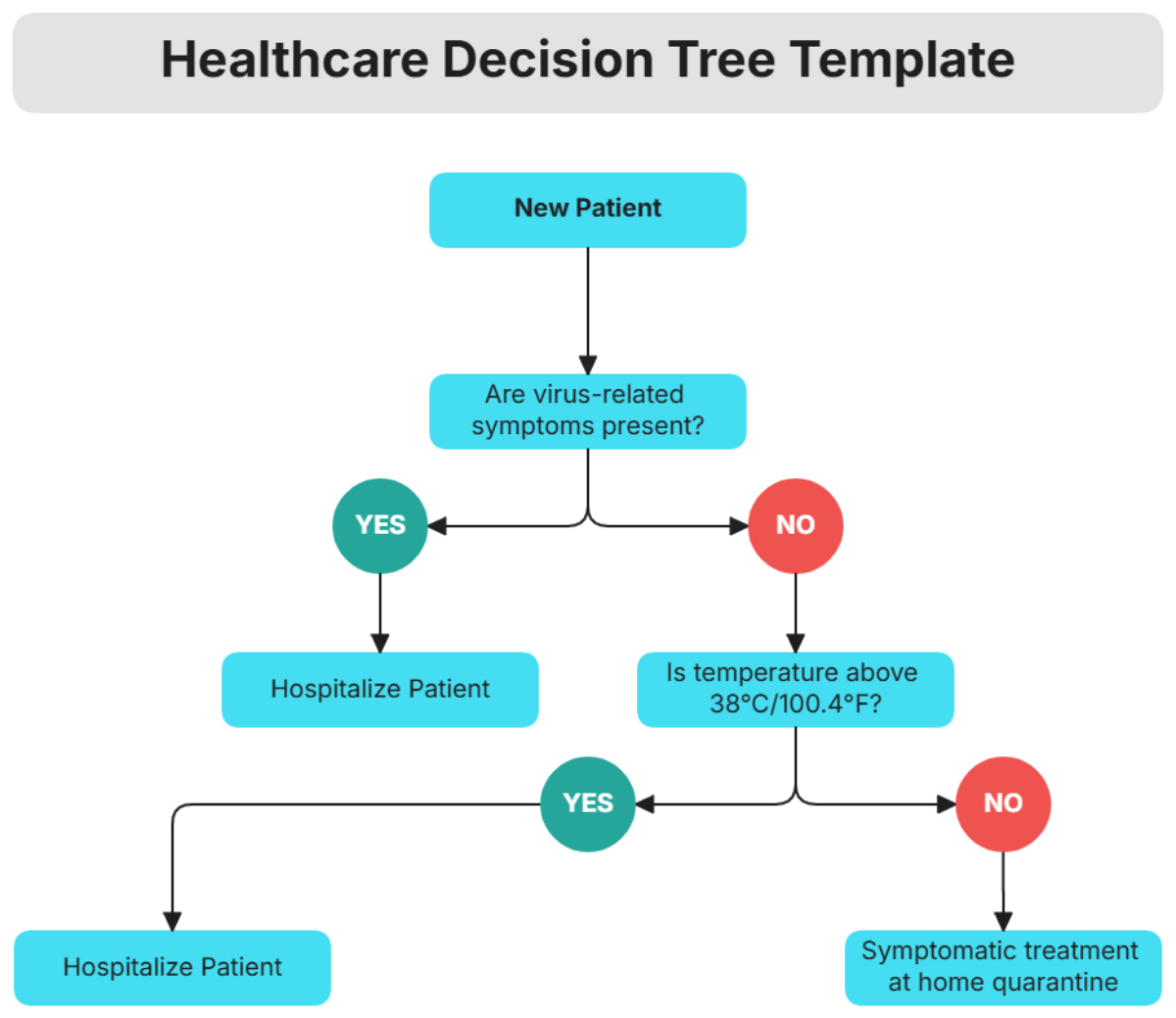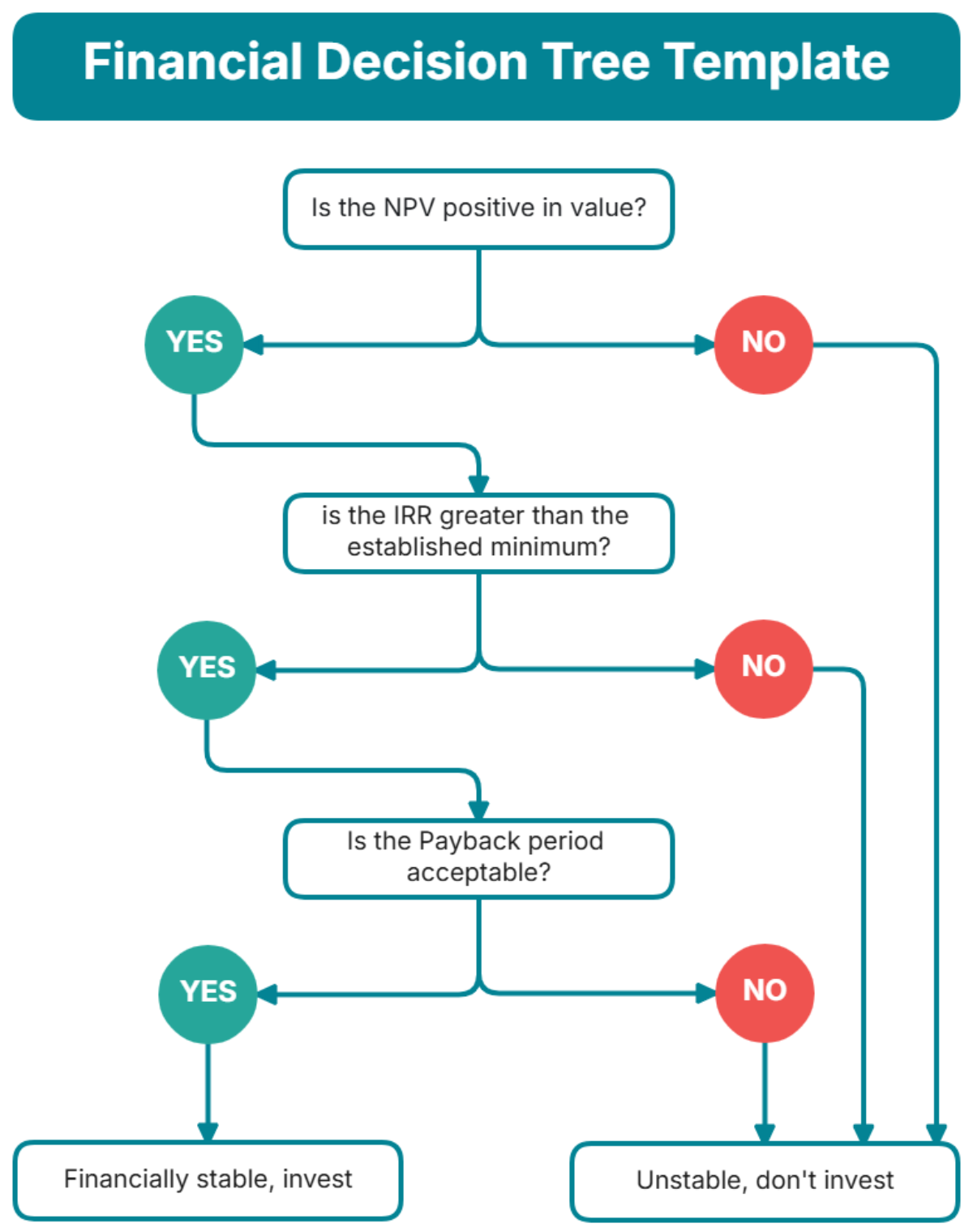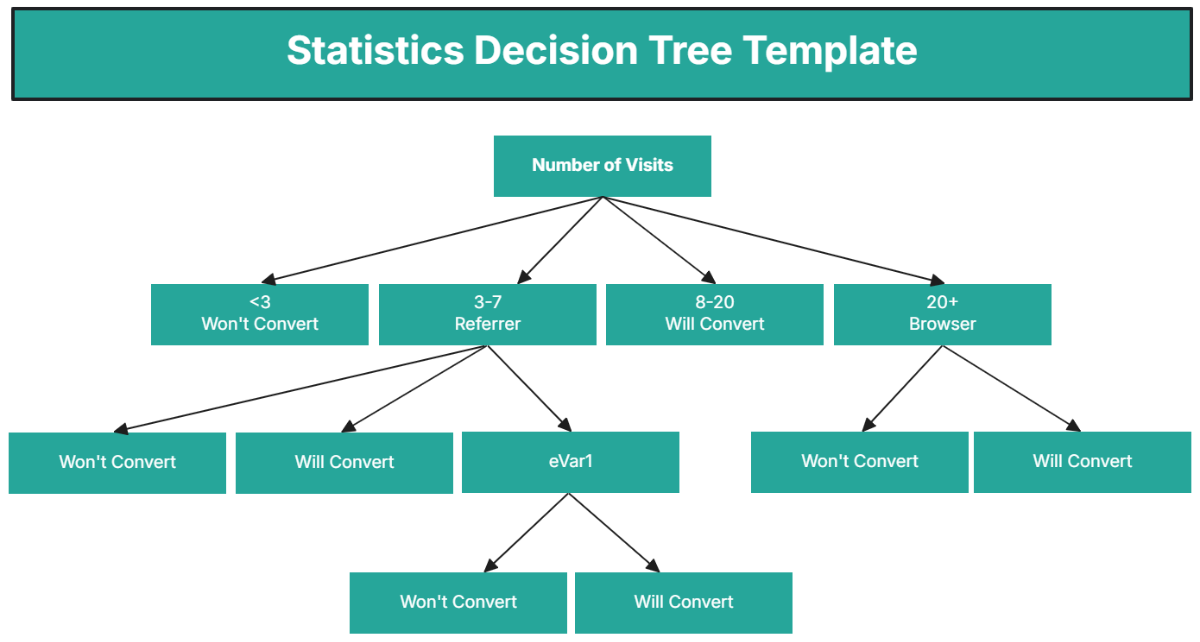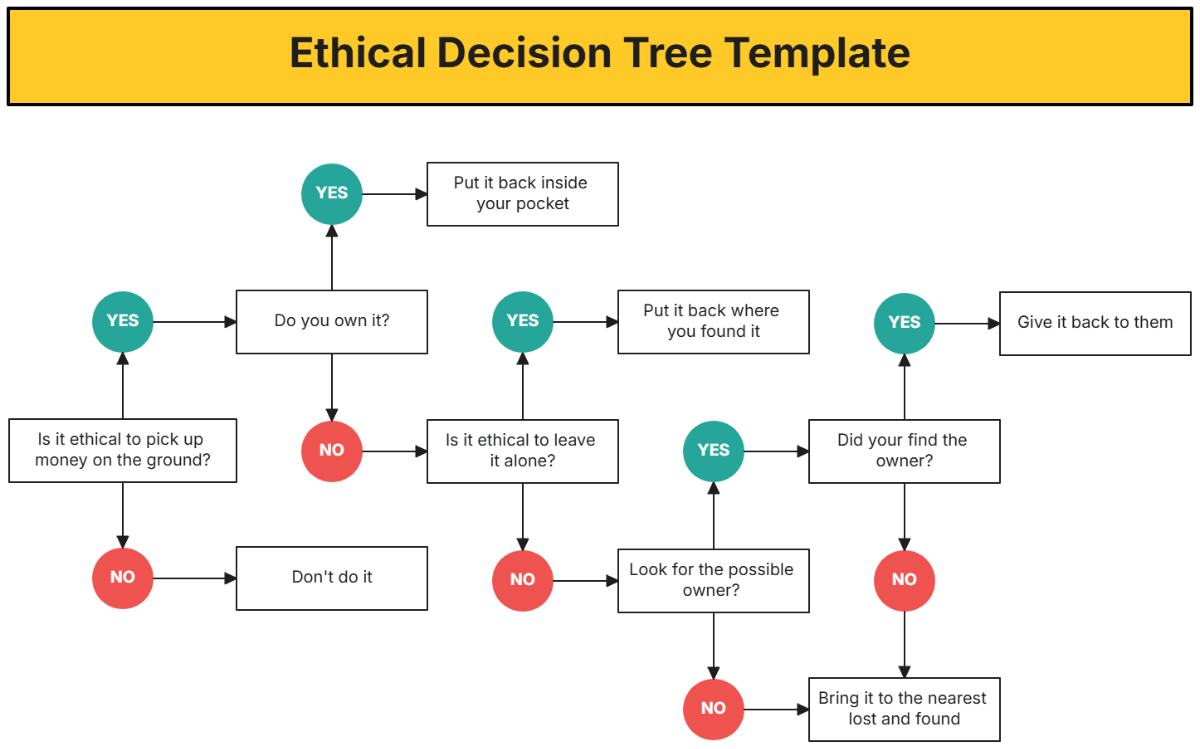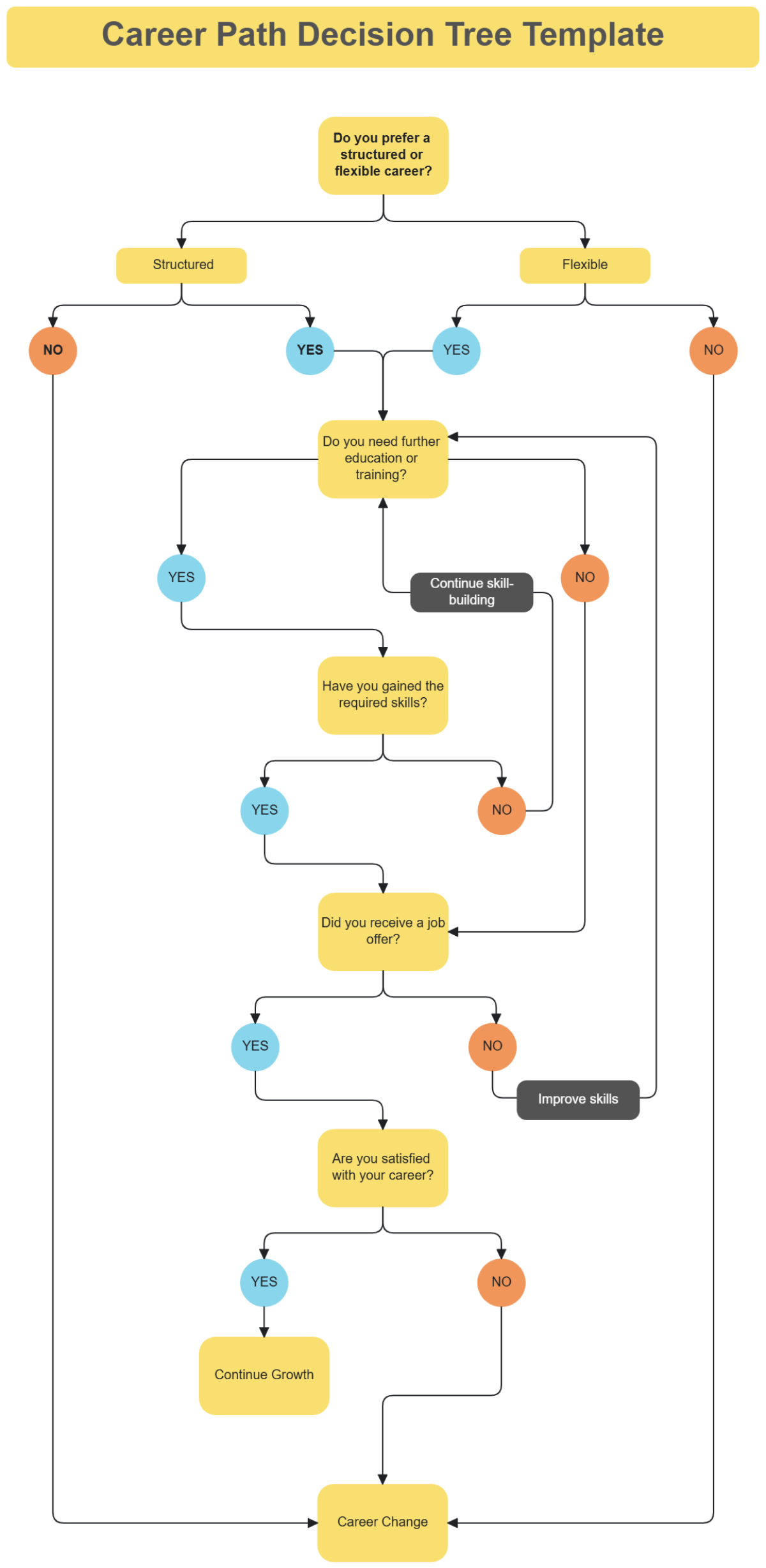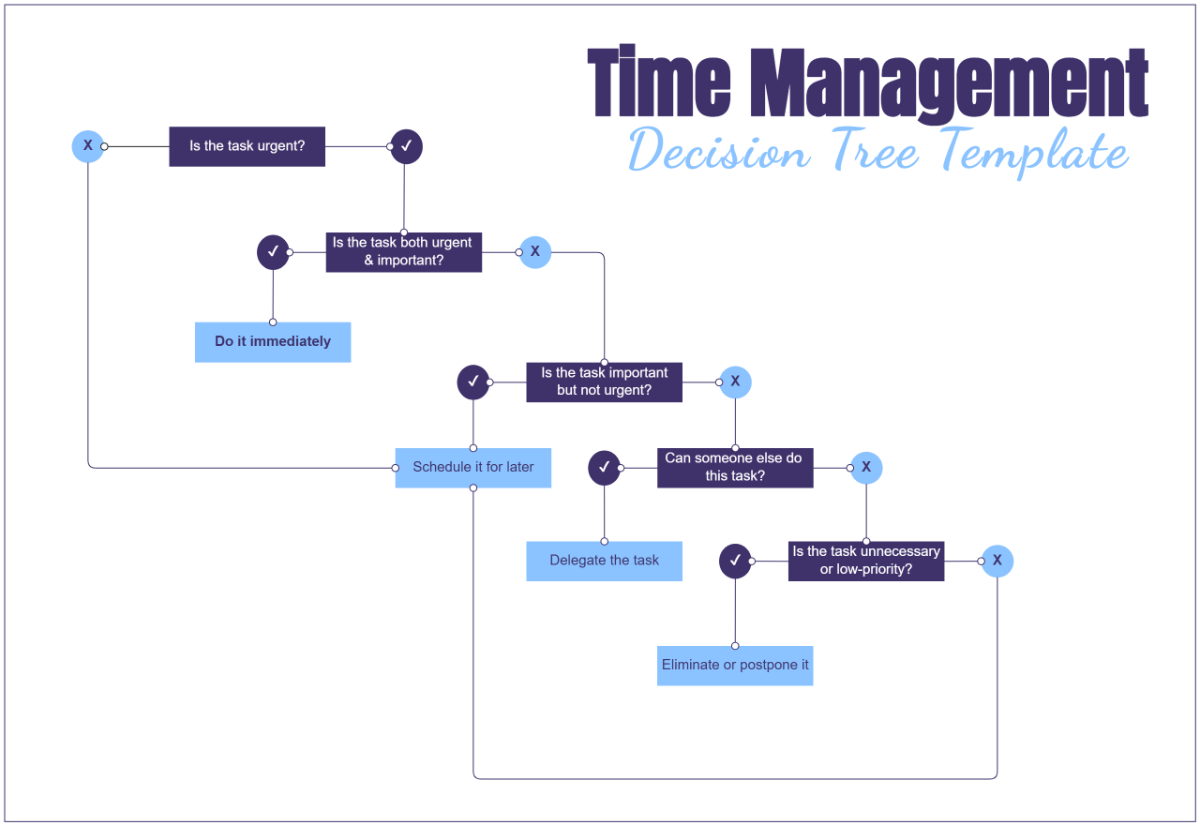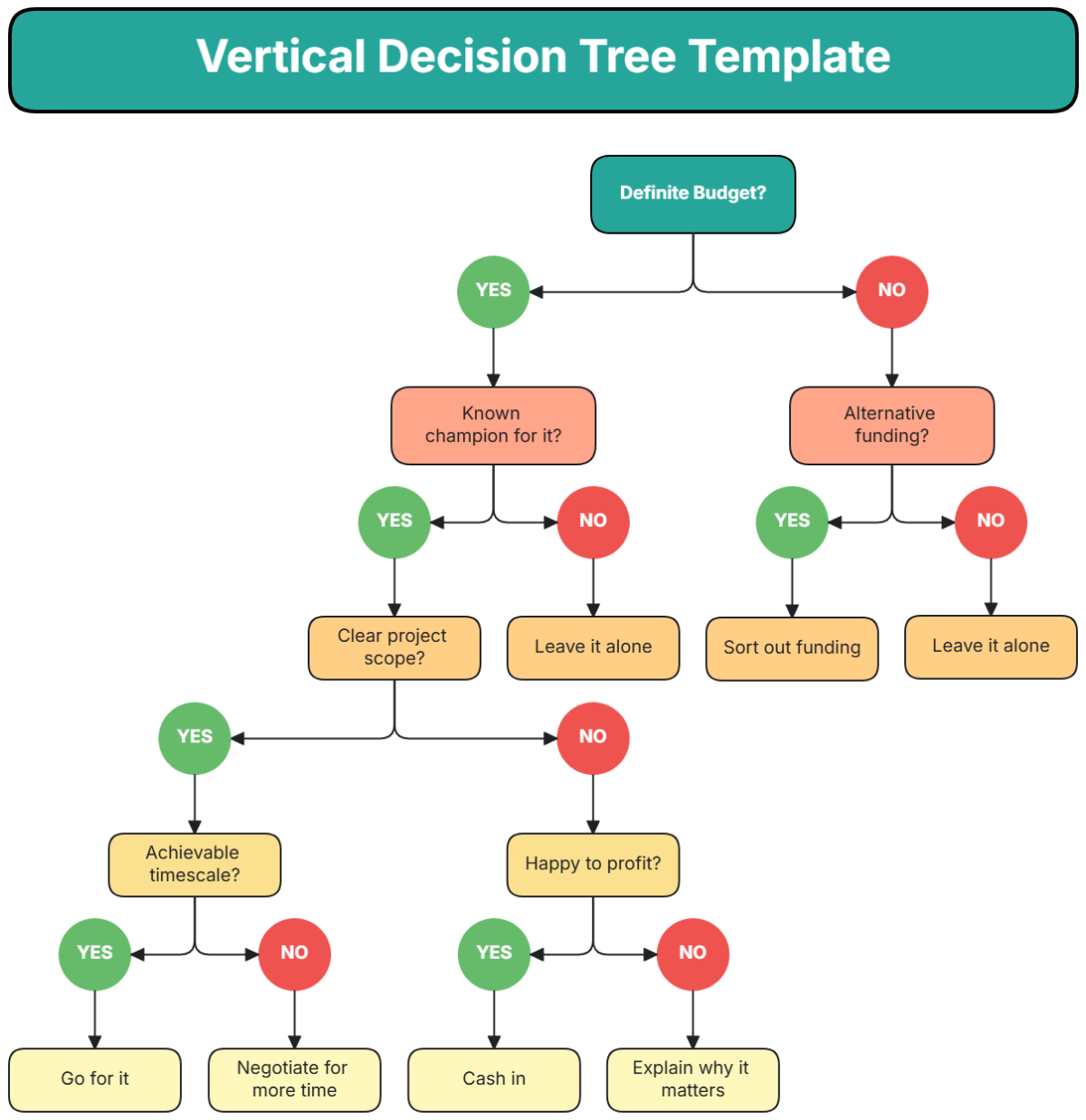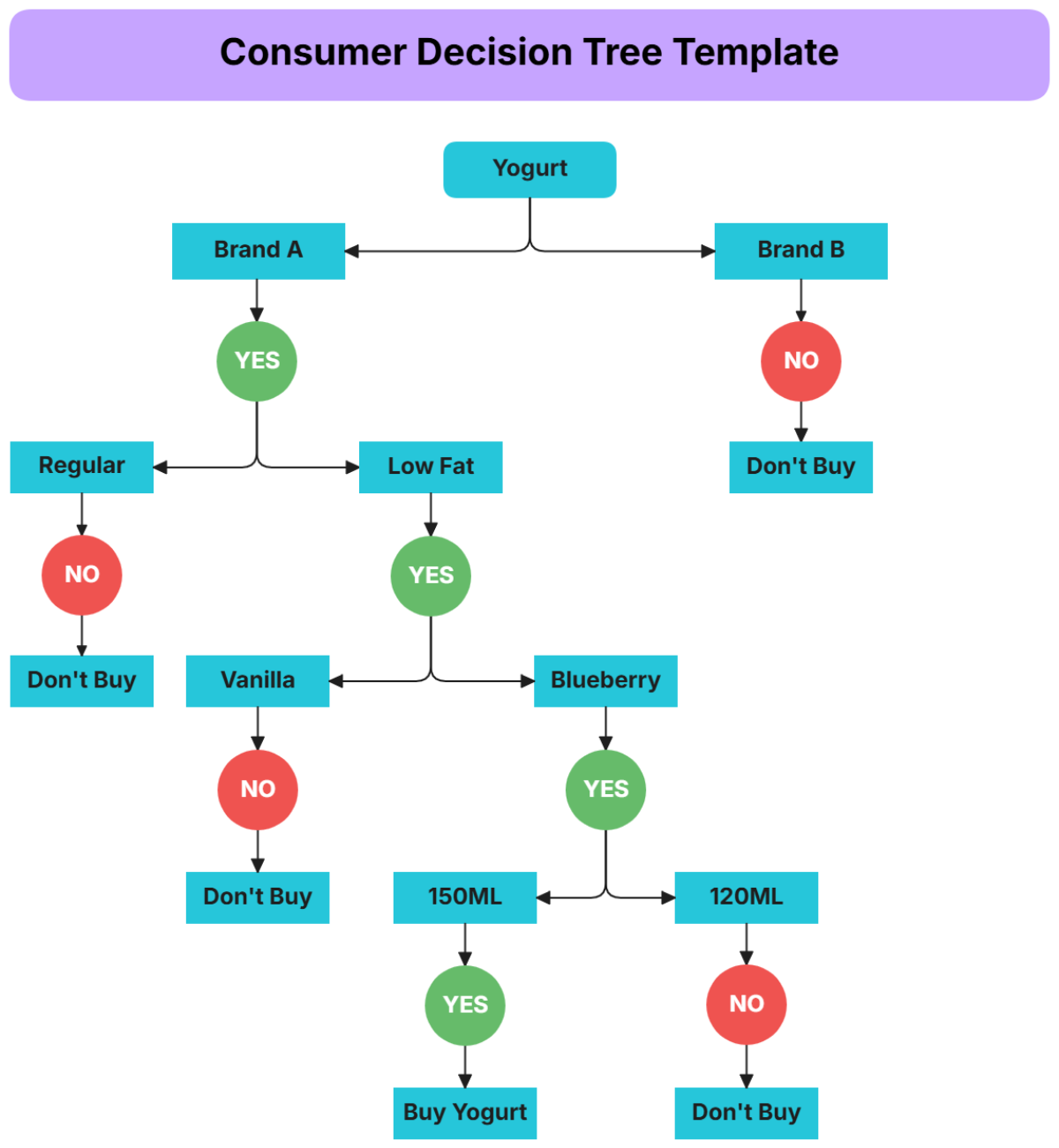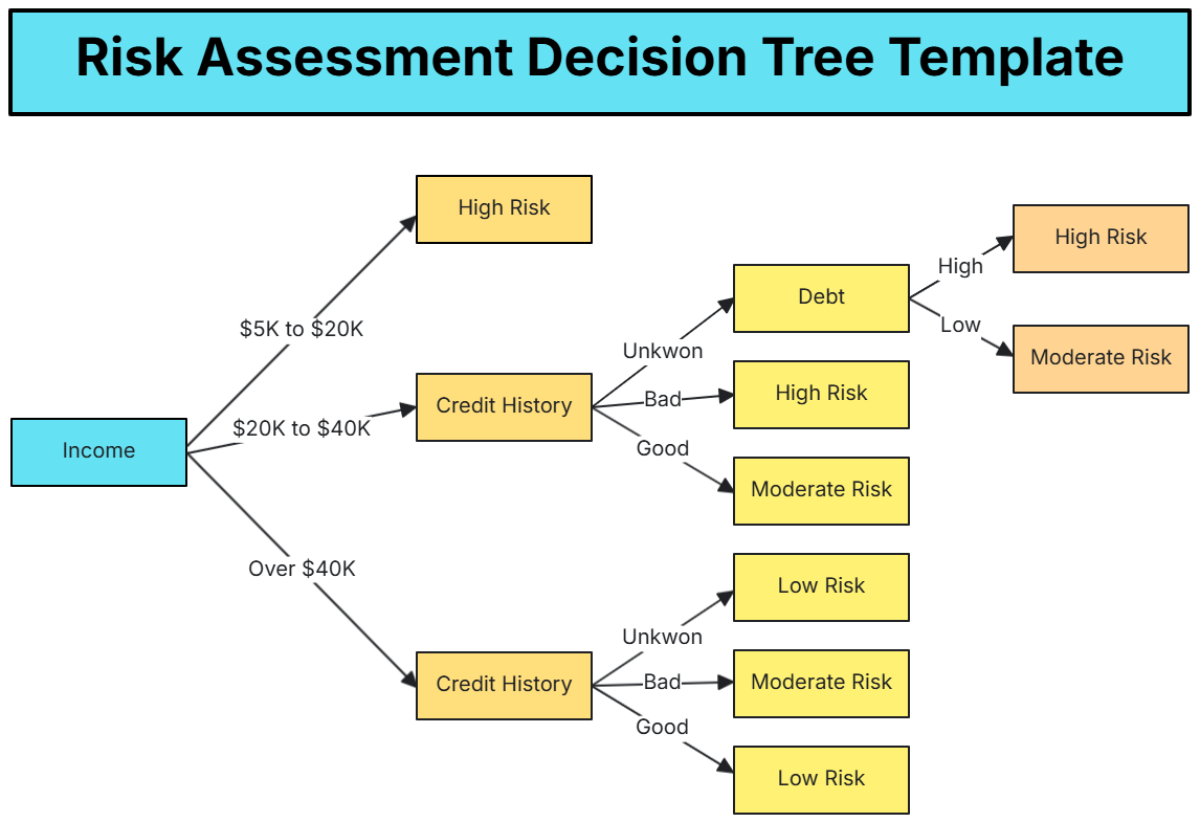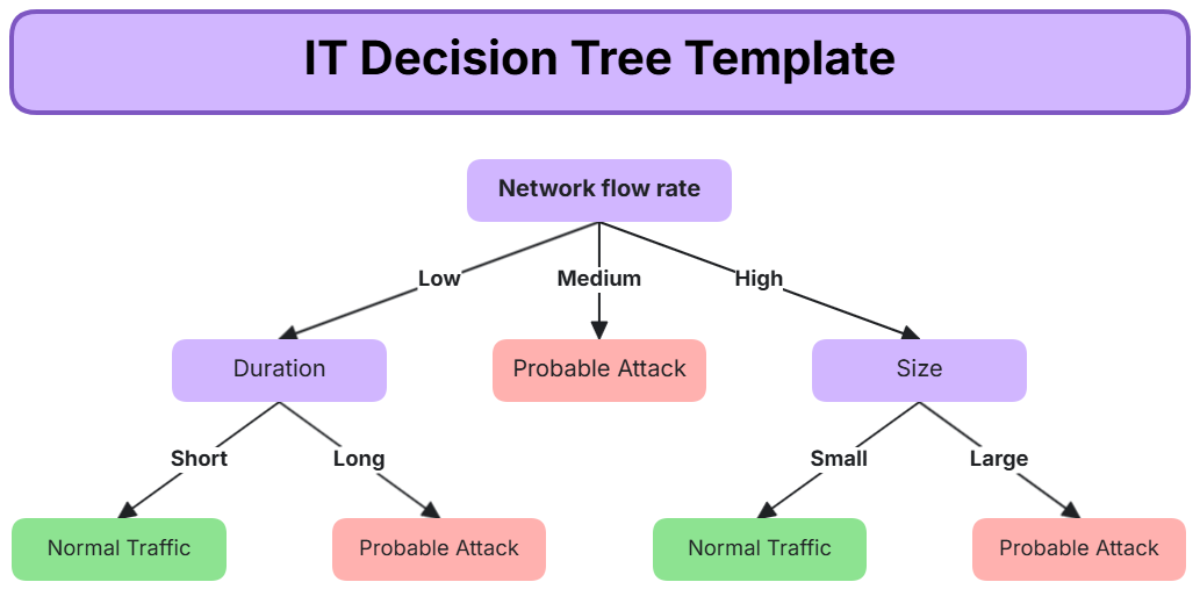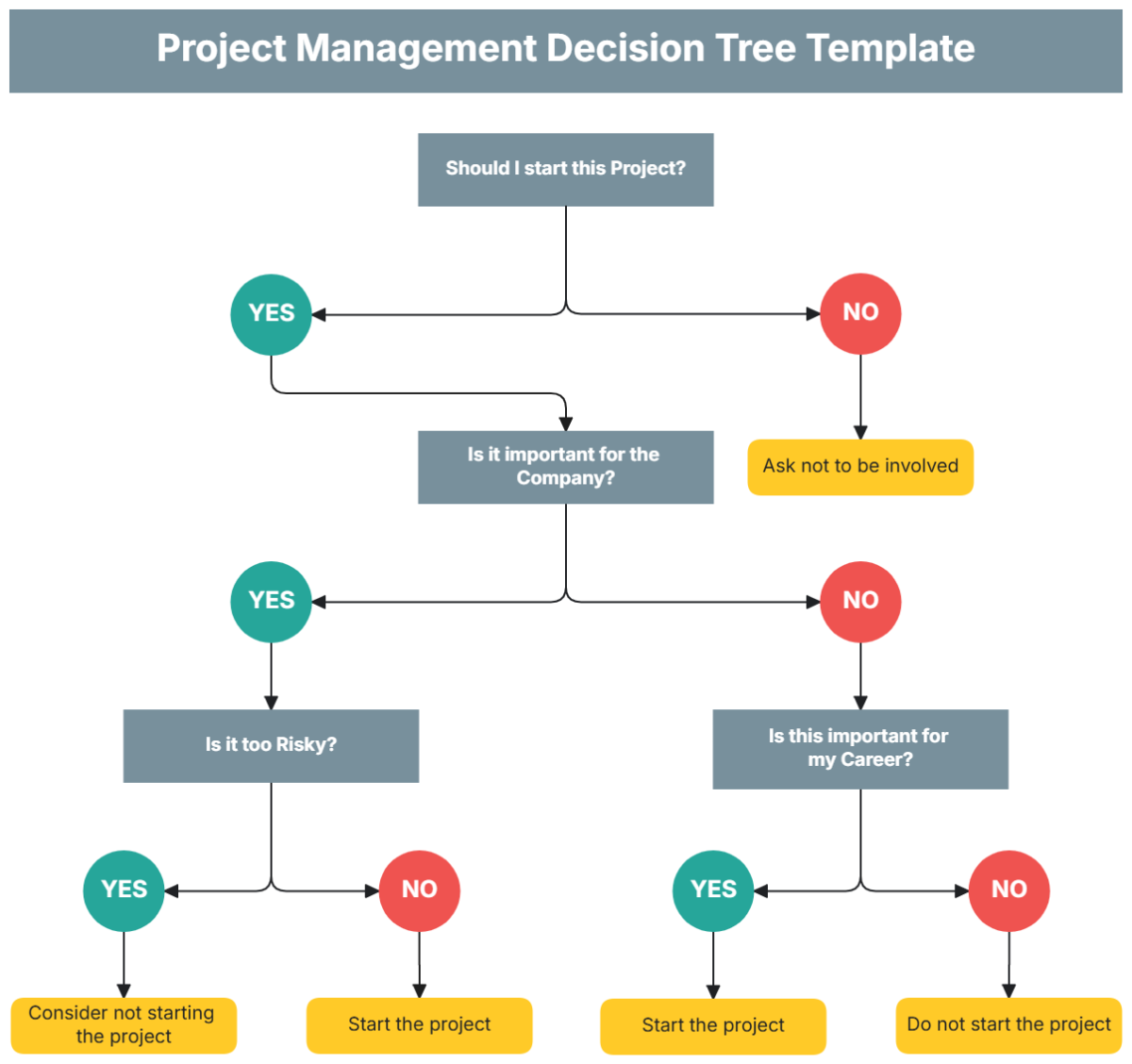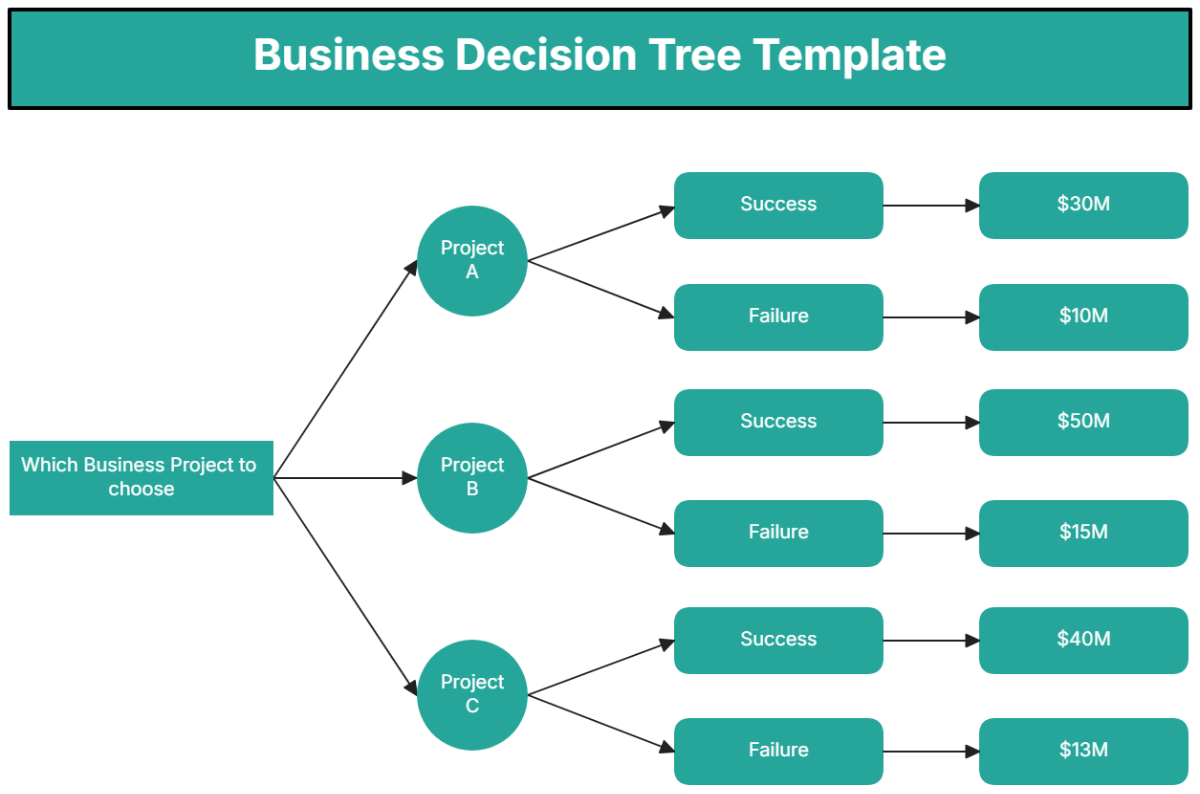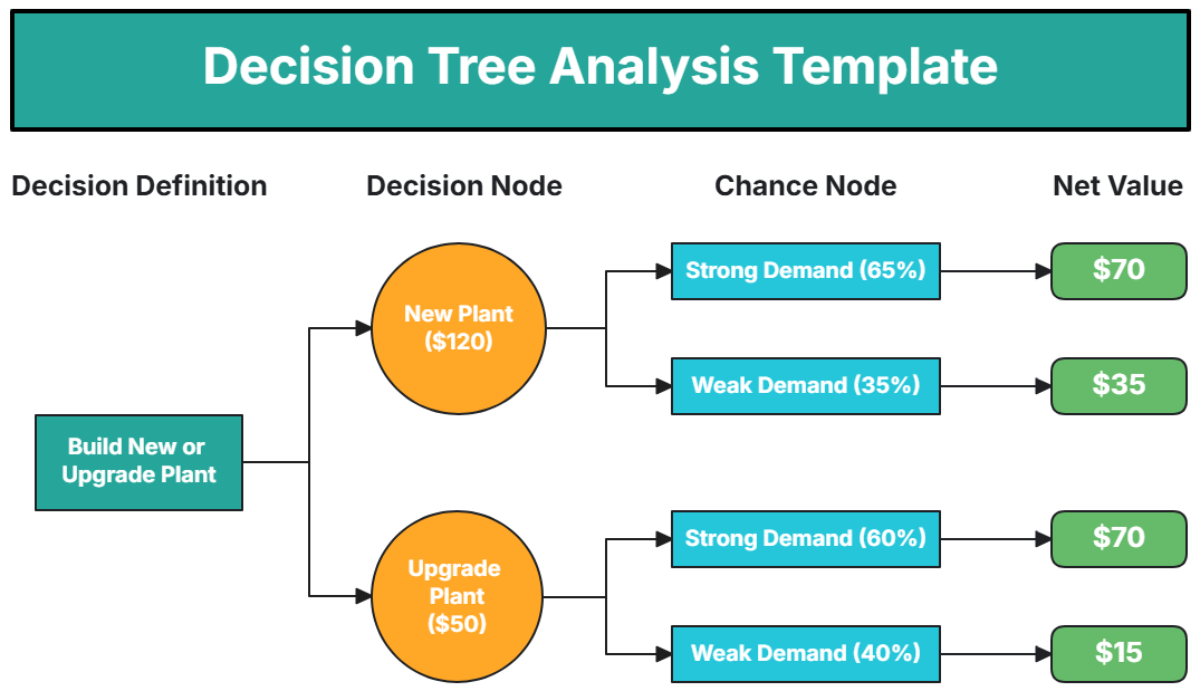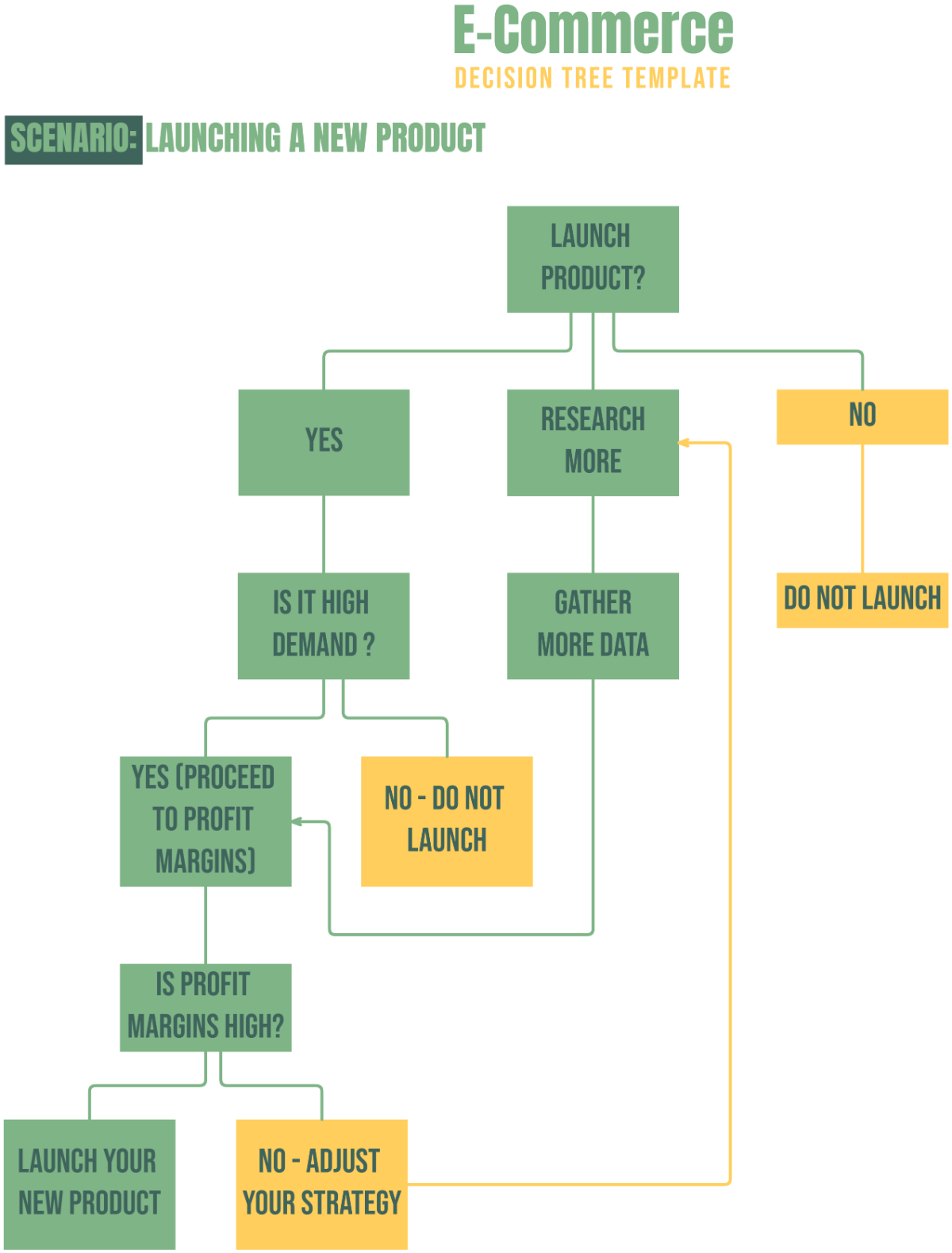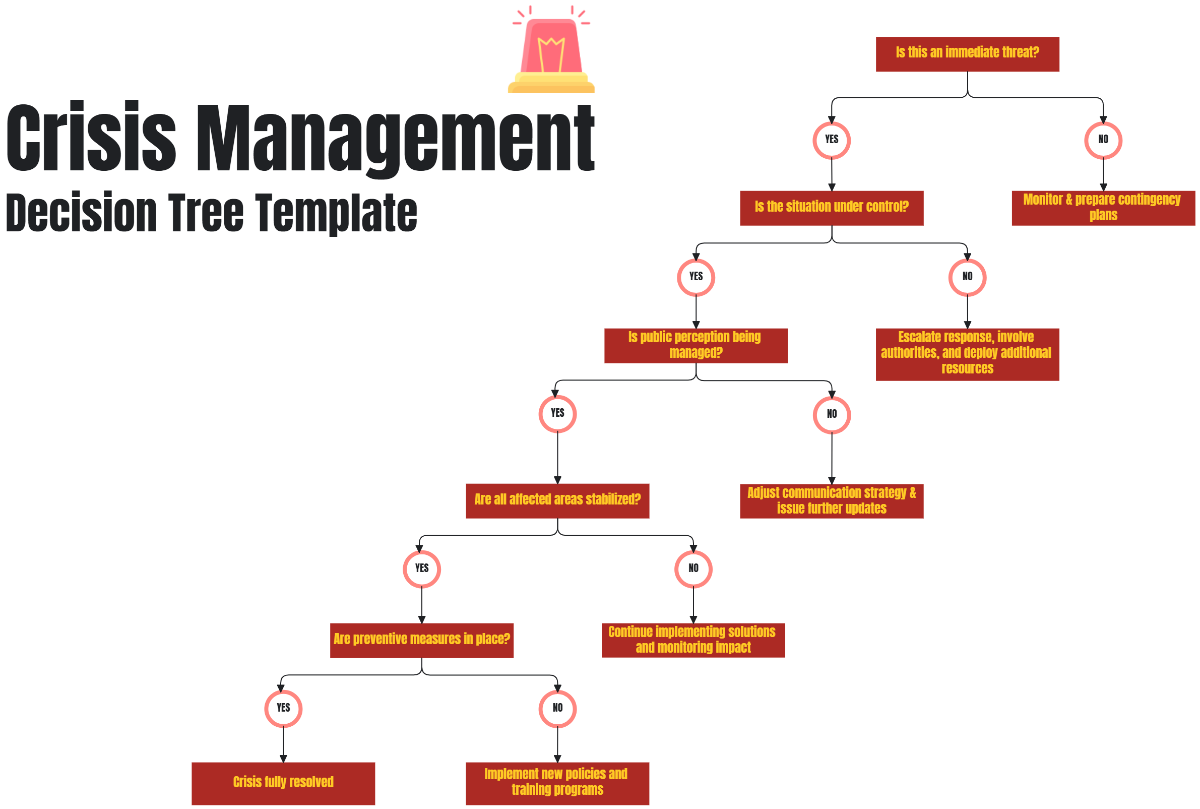Decision Making Protocol
Name: | [YOUR NAME] |
Company Name: | [YOUR COMPANY NAME] |
Department: | [YOUR DEPARTMENT] |
Date: | [DATE] |
1. Introduction
This Decision-Making Protocol serves as a fundamental framework to streamline strategic planning processes within our team. Recognizing the significance of timely and effective decision-making, this protocol aims to establish clear guidelines to facilitate informed and efficient strategic planning endeavors.
2. Objective
The objective of this protocol is to equip team members with a structured approach to decision-making in the context of strategic planning. By delineating roles, responsibilities, and procedures, this protocol seeks to enhance collaboration, foster transparency, and expedite the decision-making process, thereby facilitating the achievement of organizational goals and objectives.
3. Scope
This protocol applies to all team members involved in strategic planning activities within the organization. It encompasses decision-making about the formulation, evaluation, and implementation of strategic initiatives, including but not limited to resource allocation, goal setting, and risk assessment.
4. Roles and Responsibilities
4.1. Project Manager
Facilitate strategic planning sessions.
Oversee the decision-making process.
Ensure adherence to protocol guidelines.
4.2. Team Members:
Contribute insights and expertise relevant to strategic objectives.
Participate actively in decision-making discussions.
Comply with protocol directives and timelines.
5. Decision-Making Process
5.1. Identification of Strategic Issues:
Identify and define key strategic issues requiring resolution.
Prioritize issues based on their impact and urgency.
5.2. Information Gathering and Analysis:
Collect relevant data and information pertinent to the identified issues.
Analyze information to discern implications and potential courses of action.
5.3. Generation of Alternatives:
Brainstorm and generate multiple alternative solutions or strategies.
Evaluate the feasibility, risks, and benefits associated with each alternative.
5.4. Decision Criteria and Evaluation:
Establish clear criteria for evaluating alternatives.
Evaluate alternatives against predefined criteria to determine the optimal course of action.
5.5. Decision Making:
Engage in deliberative discussions to reach a consensus or majority decision.
Document the rationale behind the chosen course of action.
6. Communication and Implementation
6.1. Communication of Decisions:
Communicate decisions promptly to all relevant stakeholders.
Ensure clarity regarding the rationale and implications of the decision.
6.2. Implementation Planning:
Develop an implementation plan outlining the steps required to execute the decision.
Assign responsibilities and allocate resources as necessary.
7. Monitoring and Review
7.1. Implementation Monitoring:
Monitor the progress of implementation activities.
Address any issues or deviations promptly to ensure alignment with strategic objectives.
7.2. Performance Evaluation:
Evaluate the outcomes and impact of the decision against predefined metrics.
Identify lessons learned and areas for improvement in future decision-making processes.
8. Expected Results
Following the Decision-Making Protocol outlined herein, we anticipate:
Enhanced alignment of strategic initiatives with organizational goals.
Improved efficiency in the decision-making process, leading to the timely execution of strategic plans.
Increased transparency and accountability in decision-making.
Better utilization of resources through informed and well-evaluated decisions.
Continuous improvement and adaptation through regular monitoring and review.
9. Protocol Review and Revision
Regularly, it is necessary to review and make necessary revisions to the Decision-Making Protocol. This is important for ensuring that the protocol continues to reflect the changing needs of the organization, incorporating valuable feedback received, as well as keeping up with best practices in both strategic planning and decision-making processes.
10. Conclusion
This Decision-Making Protocol serves as a cornerstone for effective strategic planning within our team. By adhering to the principles and procedures outlined herein, we endeavor to optimize our decision-making processes, enhance organizational agility, and achieve our strategic objectives with precision and efficacy.
